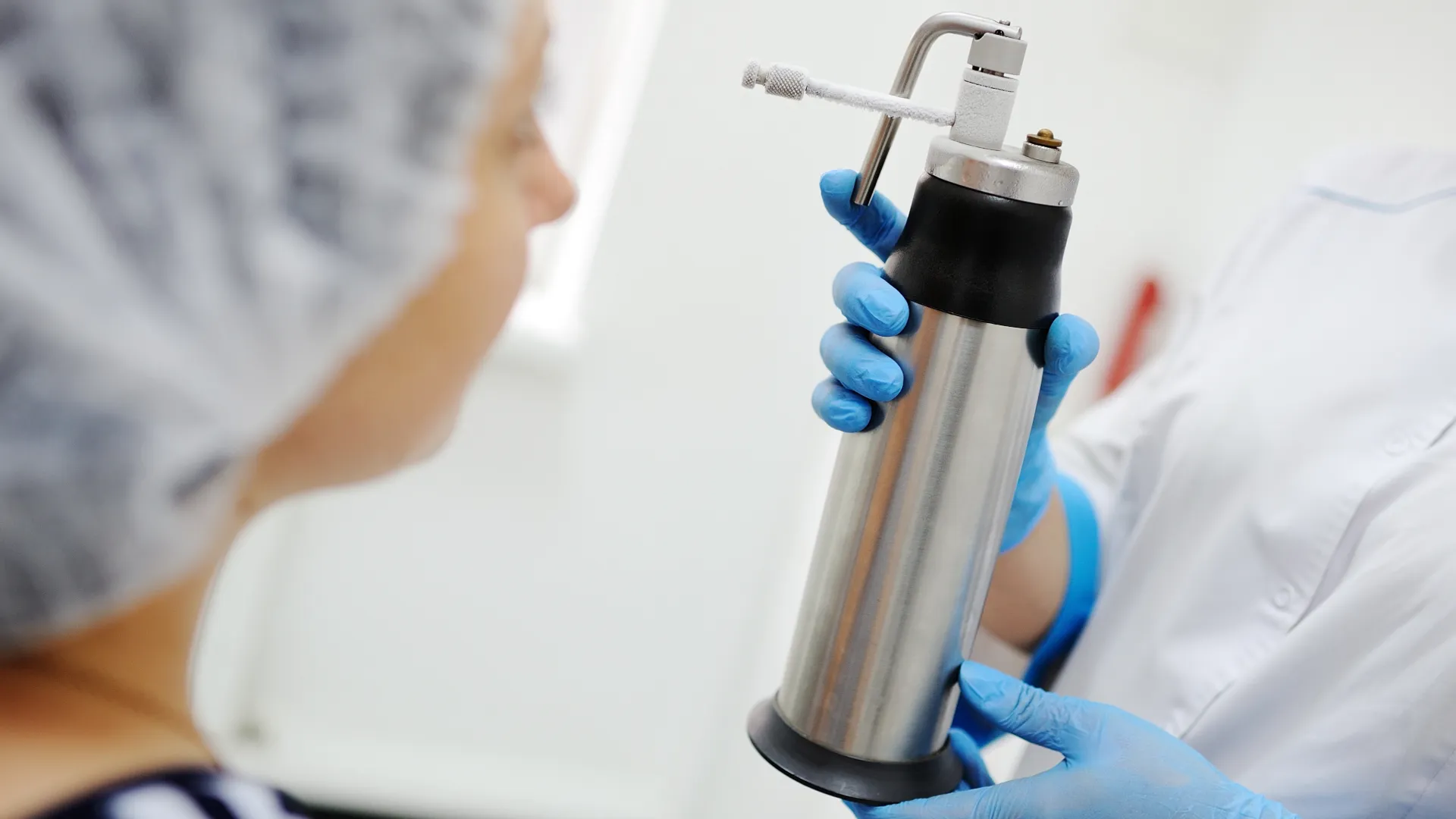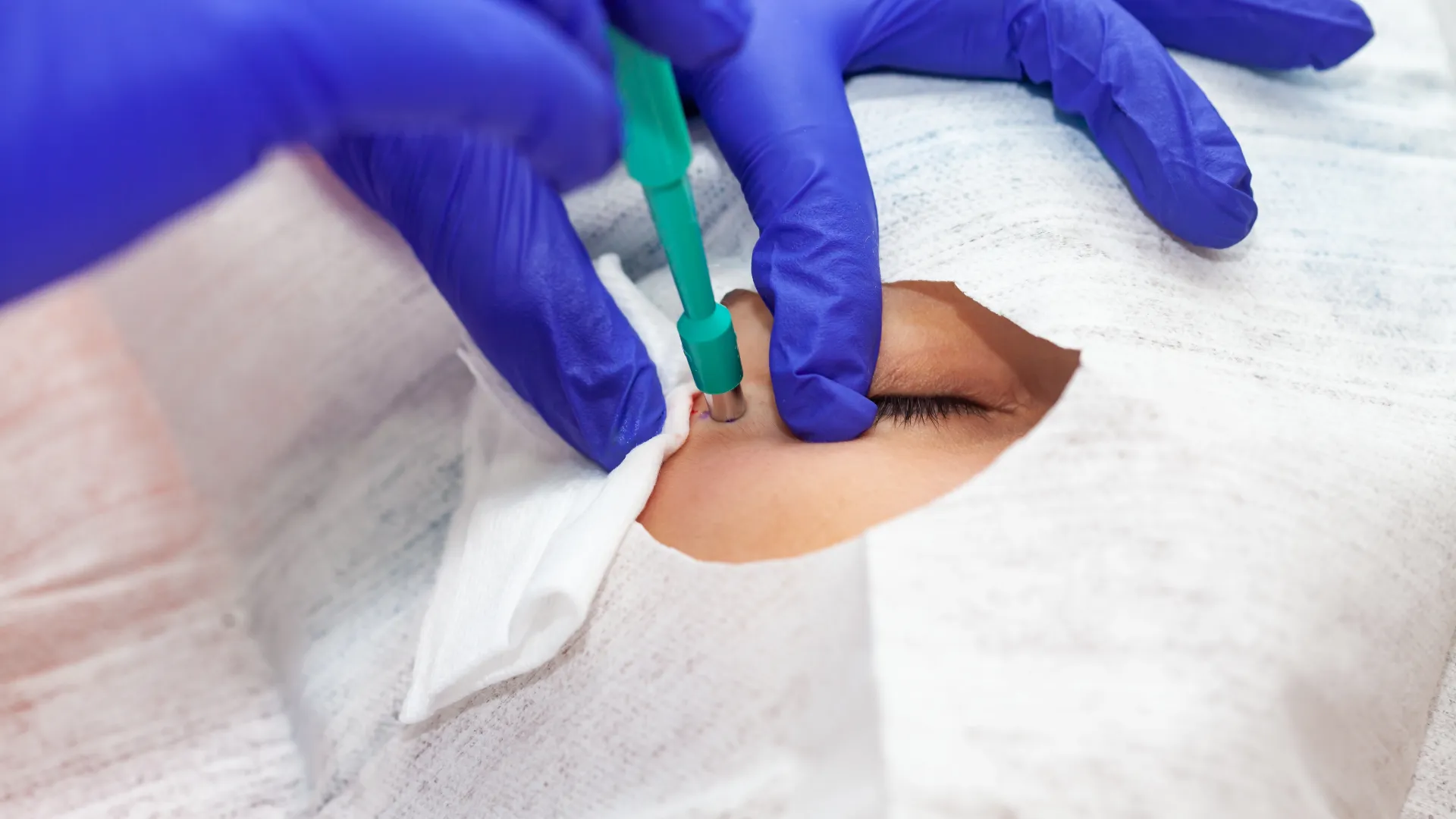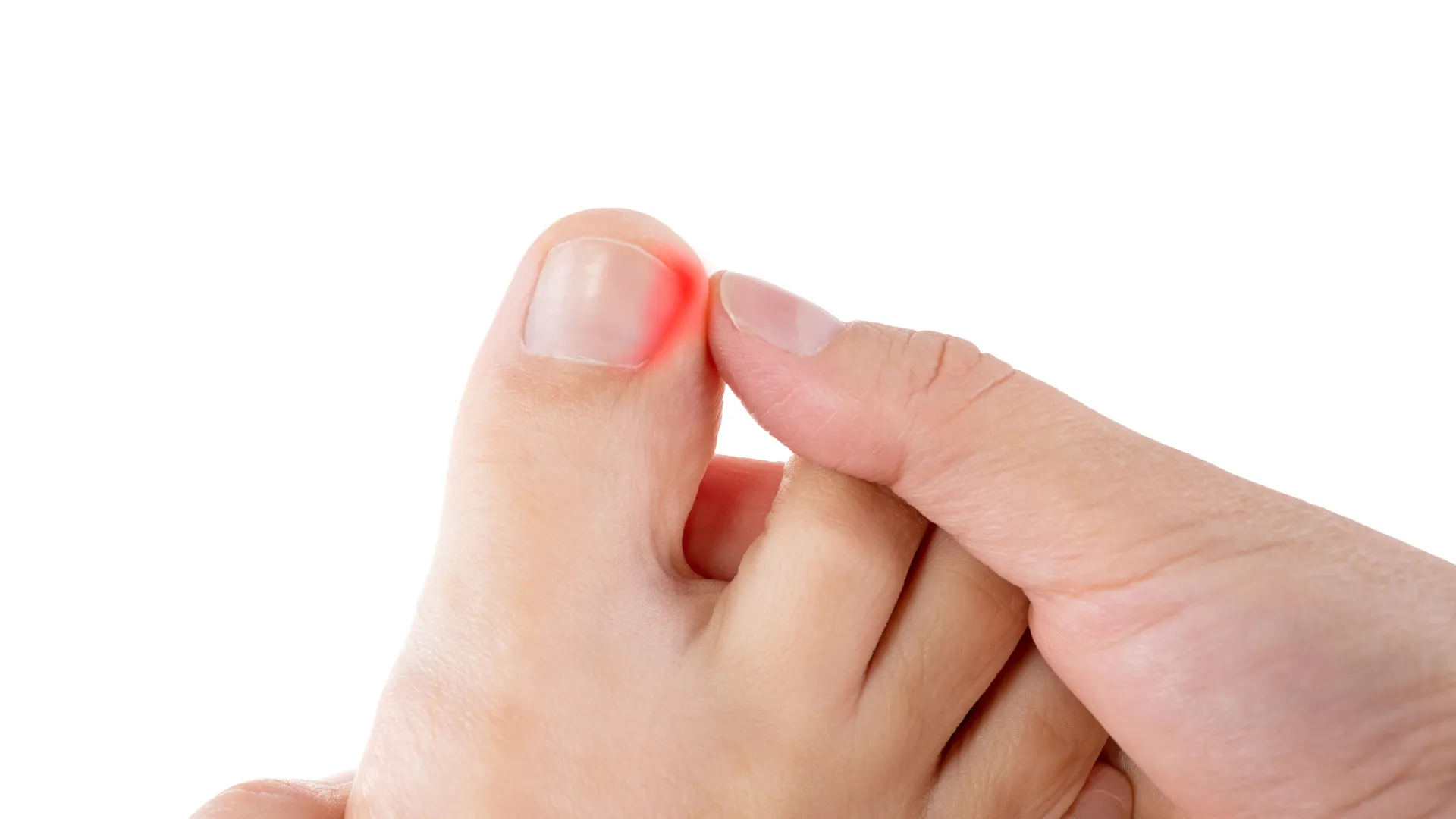Cryosurgery
Cryosurgery is a minimally invasive technique used to treat various skin lesions through the application of low temperatures. This method is effective for the removal of benign and malignant lesions, such as warts, verrucas, precancerous lesions and keloid scars.
During the treatment, liquid nitrogen is applied to the area of the lesion. The low temperatures cause destruction of the cells in the lesion, leading to necrosis and eventual expulsion from the body. The procedure is relatively painless and recovery is usually quick.
Indications
Cryosurgery is used in many cases, such as:
- Warts
- Verrucas
- Skin lesions: Such as hemangiomas and seborrheic keratoses.
- Precancerous lesions: Such as actinic keratoses.
- Keloid scars
- Certain skin carcinomas: In early stages.
Procedure
The cryosurgery procedure involves the following steps:
- Evaluation: The lesion is assessed, and available treatment options are discussed with the patient.
- Local anesthesia: In some cases, local anesthesia may be administered to minimize discomfort.
- Application of liquid nitrogen: The application can be performed using various methods depending on the lesion:
- Spray: Direct application of liquid nitrogen to the area using a spray device.
- Cryoprobes: Use of specialized tools for precise application of cryogenic material to specific areas.
- Intralesional application with needle: Use of a needle for targeted application directly within the lesion.
Advantages
- Minimally invasive method
- Quick recovery: Patients often return to their daily activities shortly after the procedure.
- Success: It has high success rates in the removal of lesions.
Complications
Although cryosurgery is generally safe, there may be some complications, such as:
- Redness and swelling in the area.
- Normal fluid discharge.
- Pigmentary changes of the skin.


